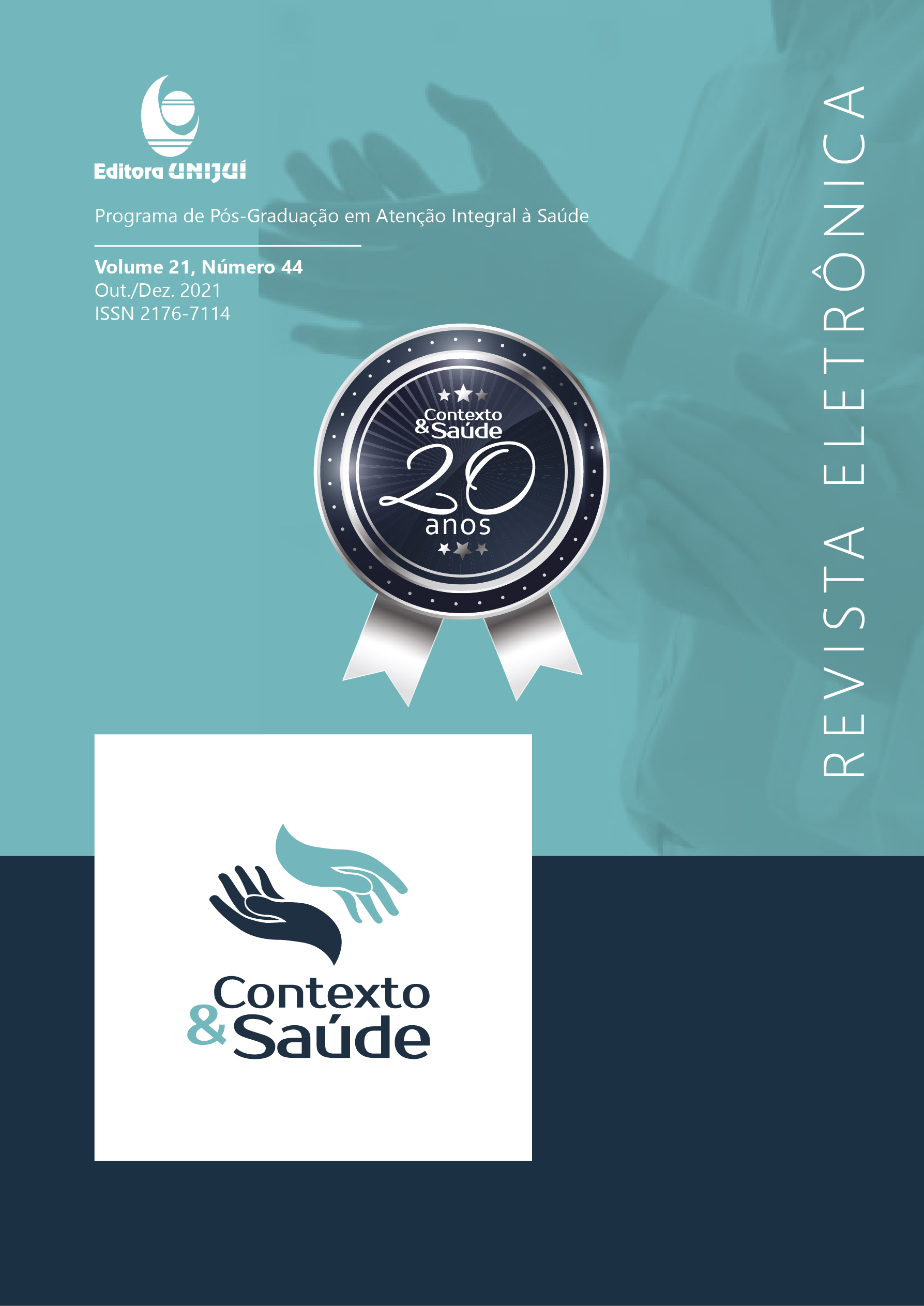Intervention strategy for sodium and lipid adequacy in school food preparations
INTERVENTION STRATEGY FOR ADEQUATING SODIUM AND LIPID IN SCHOOL FOOD PREPARATIONS
DOI:
https://doi.org/10.21527/2176-7114.2021.44.10676Keywords:
Preparation Data Sheet, Sodium, Lipid, Menu PlanningAbstract
Objective: To carry out a nutritional intervention through the construction and implementation of the Technical Preparation Form focusing on the adequacy of the supply of sodium and lipids in food preparations. Step 1. Diagnosis: Analysis of the amount of lipid using the technique of extraction using the Soxhlet and sodium apparatus by weighing the amount of added salt used and calculating the amount of sodium using the Brazilian Table of Food Composition and, application of script to observe the preparation method. Step 2. Intervention: Development and implementation of the Technical Preparation Sheets using the model recommended by the National School Feeding Program. Step 3. Evaluation of acceptability by students according to the Program manual, analysis of the use of Technical Preparation Sheets by the observation script and analysis of the quantity by the method already mentioned above. An adequate lipid and sodium value of 67.5% was observed above that recommended by the program for two meals (up to 600 mg). After the implementation of the technical preparation sheets, the amount of sodium was reduced to 26.4% of the recommendation and that of lipid remained adequate. The intervention was effective in promoting a standardization of rice and bean production through the Technical Preparation Form with an adequate amount of oil and added salt, promoting greater nutritional quality.
Downloads
Published
How to Cite
Issue
Section
License

This work is licensed under a Creative Commons Attribution 4.0 International License.
By publishing in Revista Contexto & Saúde, authors agree to the following terms:
The works are licensed under the Creative Commons Atribuição 4.0 Internacional (CC BY 4.0) license, which allows:
Share — to copy and redistribute the material in any medium or format;
Adapt — to remix, transform, and build upon the material for any purpose, including commercial.
These permissions are irrevocable, provided that the following terms are respected:
Attribution — authors must be properly credited, with a link to the license and indication of any changes made.
No additional restrictions — no legal or technological measures may be applied that restrict the use permitted by the license.
Notes:
The license does not apply to elements in the public domain or covered by legal exceptions.
The license does not grant all rights necessary for specific uses (e.g., image rights, privacy, or moral rights).
The journal is not responsible for opinions expressed in the articles, which are the sole responsibility of the authors. The Editor, with the support of the Editorial Board, reserves the right to suggest or request modifications when necessary.
Only original scientific articles presenting research results of interest that have not been published or simultaneously submitted to another journal with the same objective will be accepted.
Mentions of trademarks or specific products are intended solely for identification purposes, without any promotional association by the authors or the journal.
License Agreement (for articles published from September 2025): Authors retain copyright over their article and grant Revista Contexto & Saúde the right of first publication.

